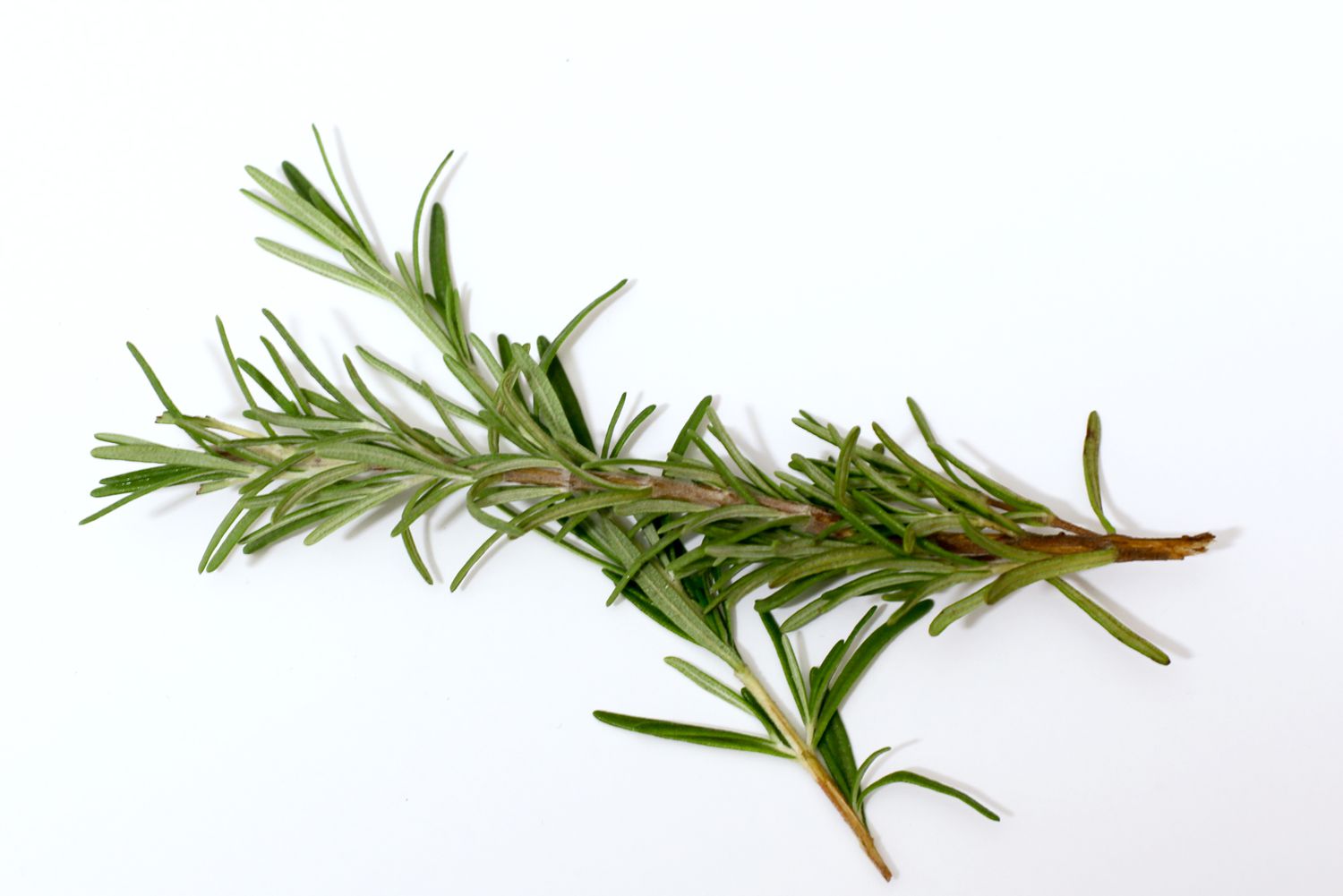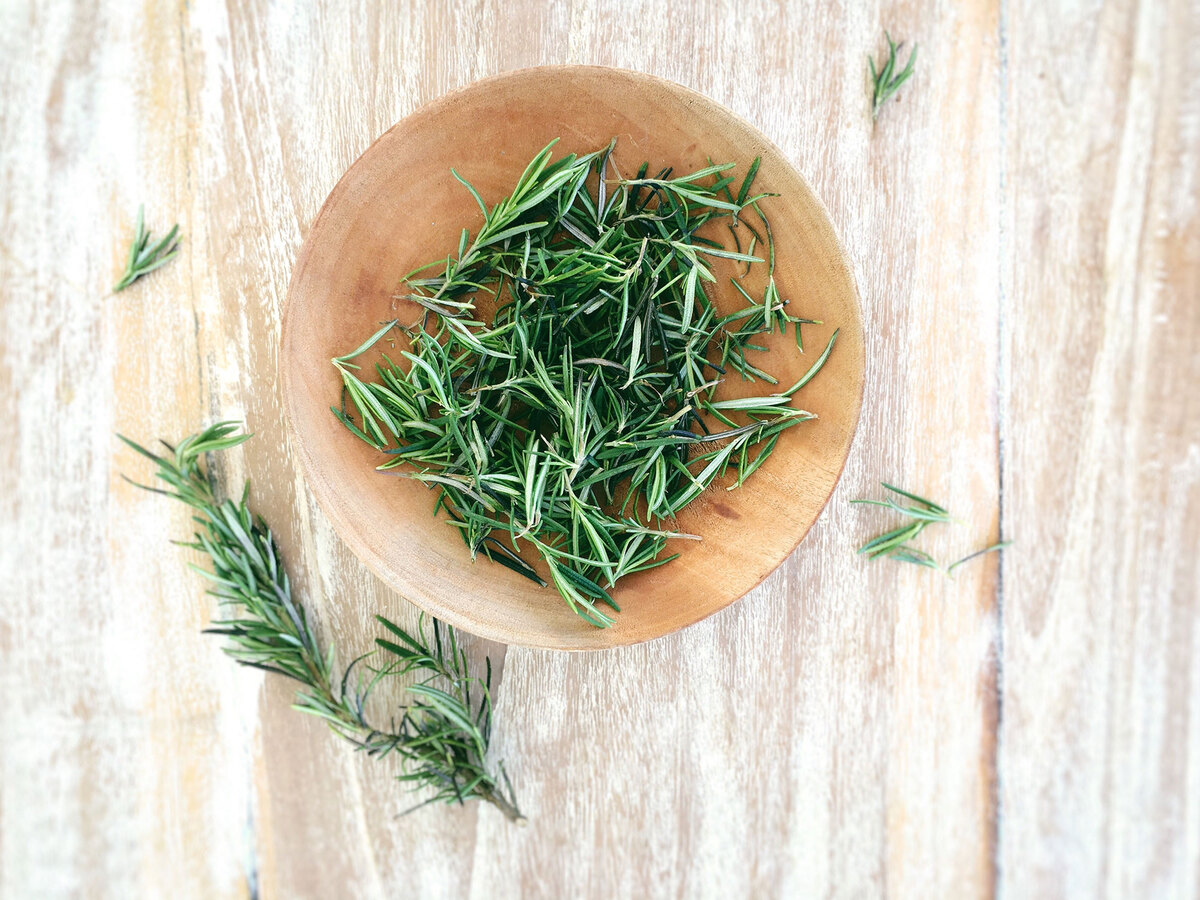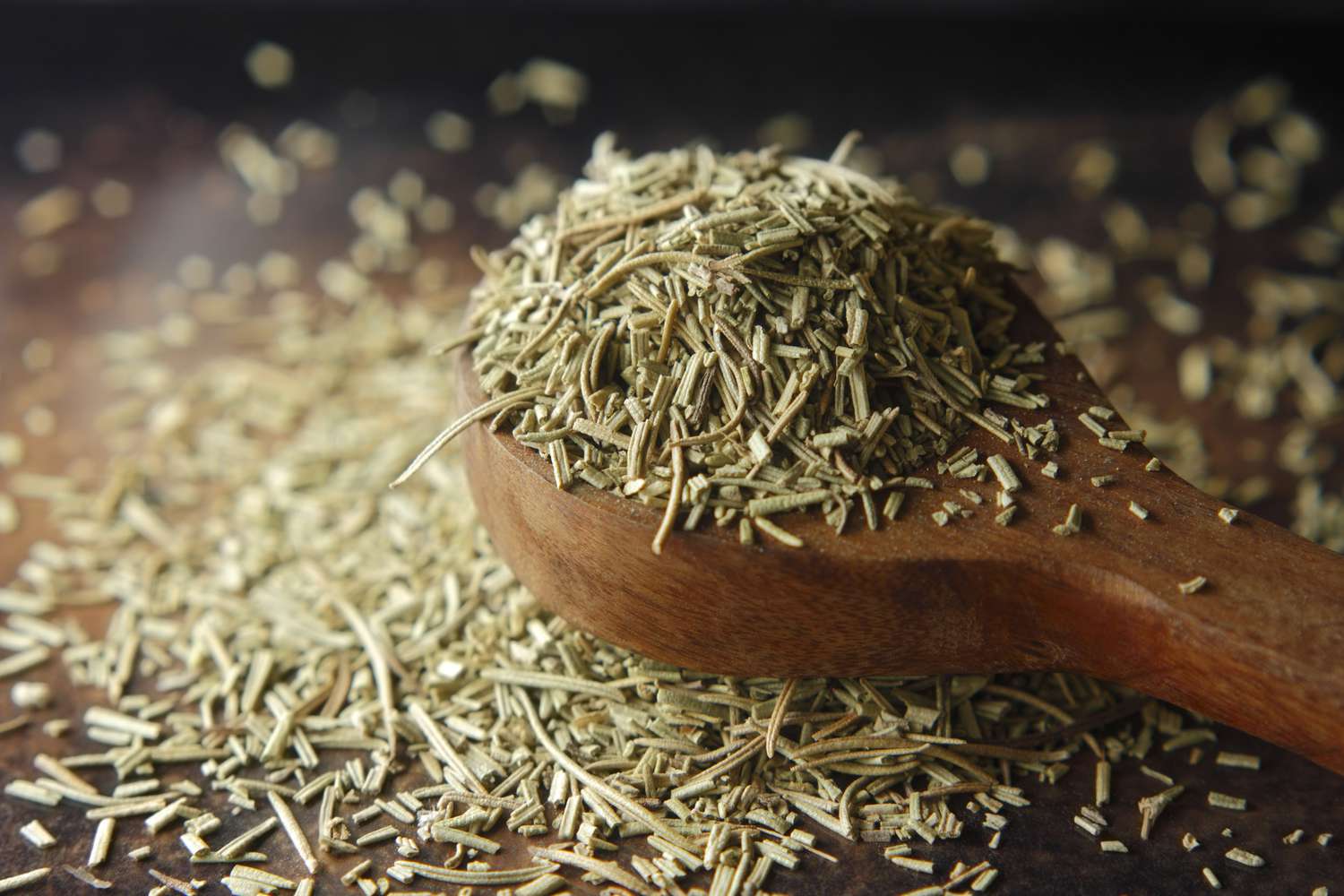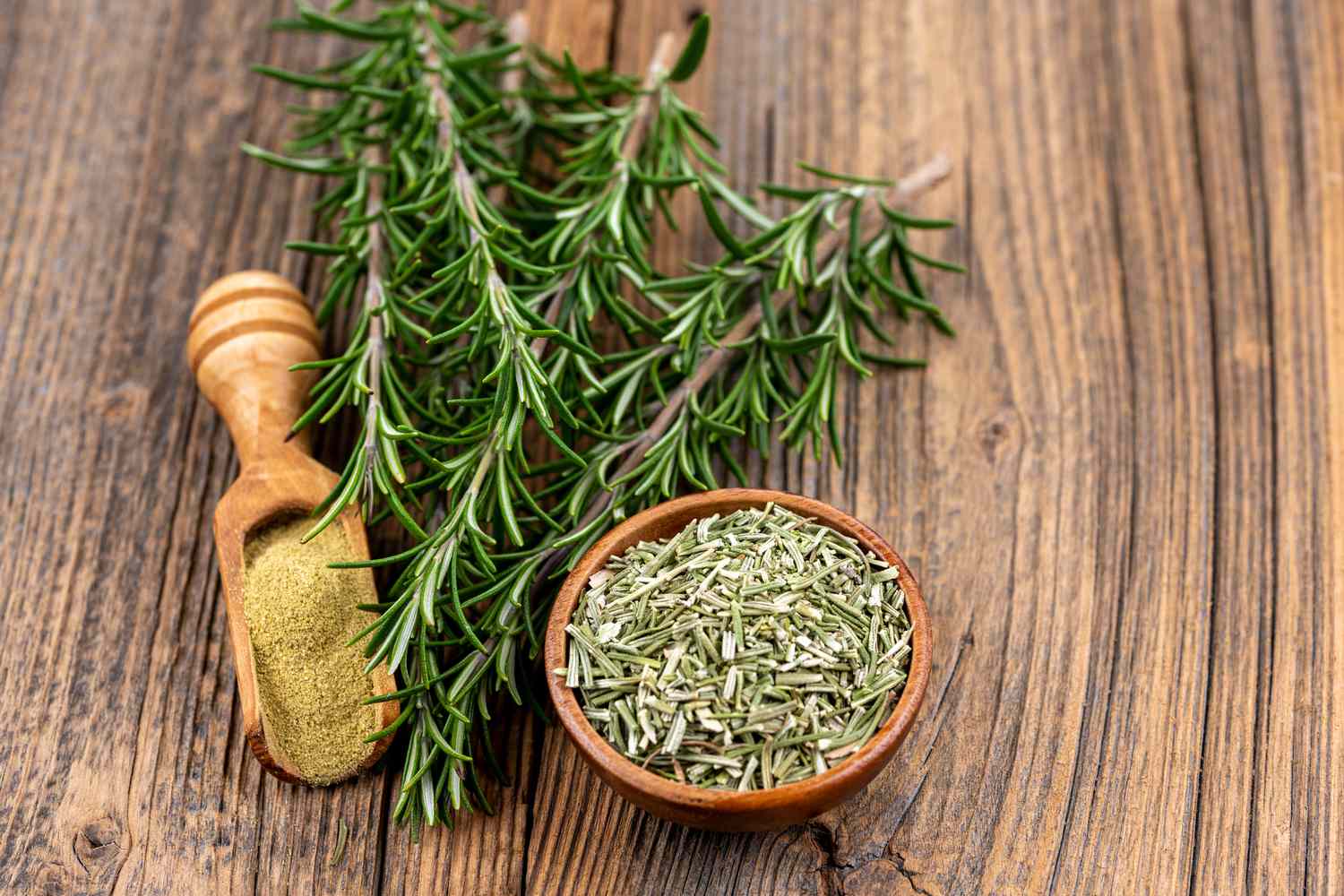Home>Gardening Techniques>Plant Care>What Is A Rosemary Sprig?


Plant Care
What Is A Rosemary Sprig?
Published: January 30, 2024
Learn all about rosemary sprigs and how to care for this aromatic plant. Discover essential tips for growing and maintaining healthy rosemary plants.
(Many of the links in this article redirect to a specific reviewed product. Your purchase of these products through affiliate links helps to generate commission for Chicagolandgardening.com, at no extra cost. Learn more)
Table of Contents
Introduction
When it comes to enhancing the flavor and aroma of culinary creations, few herbs can rival the versatility and fragrant appeal of the rosemary sprig. This beloved herb, with its needle-like leaves and woody stems, has been a cherished component of both cooking and natural medicine for centuries. Its robust flavor profile, reminiscent of pine and citrus, adds depth to a wide array of dishes, from roasted meats to savory stews and even baked goods. Beyond its culinary prowess, rosemary boasts a rich history of medicinal uses, making it a staple in traditional herbal remedies.
As we delve into the world of rosemary, we will uncover the various dimensions of this beloved herb, exploring its culinary and medicinal applications, as well as the best practices for storing it to preserve its potency. Whether you're a seasoned chef looking to elevate your culinary creations or an avid enthusiast of natural remedies, this humble yet mighty herb has much to offer. Join us on this aromatic journey as we unravel the wonders of the rosemary sprig.
What is Rosemary?
Rosemary, scientifically known as Rosmarinus officinalis, is a perennial herb with a rich history dating back to ancient civilizations. Native to the Mediterranean region, this evergreen shrub belongs to the mint family, Lamiaceae, and is characterized by its needle-like leaves and small, vibrant flowers. The name “rosemary” is derived from the Latin words “ros” (dew) and “marinus” (sea), reflecting its natural habitat along the coastal areas of the Mediterranean.
Renowned for its robust aroma and distinctive flavor, rosemary has earned a revered place in culinary traditions around the world. Its fragrance is often described as a delightful blend of pine and citrus, which infuses dishes with a unique depth and complexity. In addition to its culinary allure, rosemary has been cherished for its medicinal properties, with a long history of use in natural remedies and herbal medicine.
With its rich cultural significance and multifaceted utility, rosemary has transcended time and borders, becoming a cherished ingredient in diverse cuisines and a valued resource in holistic wellness practices. Whether it’s adorning a succulent roast, imparting its essence into infused oils, or serving as a therapeutic ingredient in herbal preparations, the rosemary sprig continues to captivate and enrich the senses of those who embrace its botanical splendor.
Culinary Uses of Rosemary Sprig
The rosemary sprig is a culinary powerhouse, revered for its ability to elevate a wide range of dishes with its robust flavor and enchanting aroma. Whether used fresh or dried, this versatile herb adds depth and character to both savory and sweet creations, making it a beloved staple in kitchens worldwide.
One of the most popular applications of rosemary in cooking is its use as a seasoning for meats. From roasted lamb and grilled chicken to succulent pork loin, the fragrant leaves of the rosemary sprig complement the rich, savory notes of various meats, imparting a delightful earthiness and a hint of citrus. When used in marinades or simply as a garnish, rosemary infuses meats with an irresistible aroma and a nuanced flavor profile.
Beyond meats, rosemary lends its distinctive essence to an array of vegetable dishes and soups. When added to roasted potatoes, root vegetables, or grilled vegetables, it imparts a delightful herbal fragrance and a touch of woodsy warmth. In soups and stews, a sprig of rosemary can work wonders, infusing the broth with its aromatic charm and enhancing the overall depth of flavor.
Moreover, the culinary uses of rosemary extend to baked goods and infused oils. From artisanal bread and focaccia to delicate pastries, the addition of rosemary can introduce a delightful contrast of flavors, adding an unexpected yet welcome dimension to sweet treats. Additionally, infusing olive oil with rosemary creates a fragrant elixir that can be drizzled over salads, used as a dip for crusty bread, or employed as a flavorful cooking oil.
Whether it’s enhancing the savoriness of a hearty stew, enlivening the aroma of a succulent roast, or adding an intriguing twist to a sweet confection, the rosemary sprig stands as a culinary ally, enriching the gastronomic experiences of those who appreciate its aromatic prowess.
Medicinal Uses of Rosemary Sprig
Beyond its culinary appeal, the rosemary sprig has a storied history of medicinal uses, revered for its therapeutic properties and holistic benefits. Rich in essential oils, antioxidants, and other bioactive compounds, rosemary has been a cherished ingredient in traditional herbal remedies and natural medicine for centuries.
One of the most notable medicinal uses of rosemary is its role as a cognitive enhancer. The fragrant aroma of rosemary has been associated with improved cognitive function and mental clarity, leading to its use in aromatherapy and herbal formulations aimed at boosting focus and memory. Whether in the form of essential oil, herbal tea, or as a fragrant addition to baths and massage oils, rosemary is believed to stimulate mental alertness and promote a sense of vitality.
Furthermore, rosemary is valued for its potential anti-inflammatory and antioxidant properties. The bioactive compounds found in rosemary, such as rosmarinic acid and carnosic acid, have been studied for their potential to combat oxidative stress and inflammation in the body. As a result, rosemary is often incorporated into natural remedies and herbal preparations aimed at promoting overall well-being and supporting the body’s natural defenses.
In addition to its cognitive and antioxidant benefits, rosemary has been traditionally used to support digestive health. Whether consumed as an herbal infusion or included in culinary creations, rosemary is believed to aid digestion and alleviate occasional discomfort. Its aromatic qualities are thought to stimulate the appetite and contribute to a balanced digestive experience.
Moreover, the essential oils derived from rosemary have been utilized topically for their potential soothing properties. When diluted and applied to the skin, rosemary oil is believed to offer relief from occasional muscle tension and discomfort, making it a popular choice for massage blends and aromatherapy practices.
With its multifaceted medicinal uses and potential health-promoting properties, the rosemary sprig continues to be celebrated as a natural ally in supporting overall wellness and vitality.
How to Store Rosemary Sprig
Proper storage is essential to preserve the flavor, aroma, and potency of the rosemary sprig, ensuring that it remains a delightful culinary and medicinal resource for an extended period. Whether you’ve harvested fresh rosemary from your garden or purchased it from a market, employing the right storage techniques can help maintain its quality and usability.
For fresh rosemary sprigs, one of the most effective methods of preservation is refrigeration. To store fresh rosemary in the refrigerator, begin by gently rinsing the sprigs under cold water to remove any dirt or debris. Pat them dry with a clean kitchen towel to remove excess moisture. Next, wrap the rosemary sprigs loosely in a slightly damp paper towel to help maintain their moisture levels. Then, place the wrapped sprigs in a resealable plastic bag or an airtight container before transferring them to the refrigerator. Stored in this manner, fresh rosemary can remain vibrant and flavorful for up to two weeks.
Another popular method for preserving rosemary is through freezing. To freeze fresh rosemary sprigs, start by washing and thoroughly drying the sprigs to remove any lingering moisture. Once dry, carefully strip the leaves from the stems and place them in an ice cube tray. Fill each compartment with water and freeze until solid. Once frozen, transfer the rosemary ice cubes to a resealable freezer bag, ensuring that they are well-sealed to prevent freezer burn. Frozen rosemary can retain its flavor and aroma for several months, making it a convenient option for long-term storage.
When it comes to dried rosemary, proper storage is equally crucial. To maintain the flavor and potency of dried rosemary, store it in an airtight container, away from direct sunlight and heat. A cool, dark pantry or cupboard is an ideal location for preserving the quality of dried herbs. Additionally, it’s essential to label the container with the date of packaging to keep track of its freshness and potency.
By employing these storage methods, you can ensure that your rosemary sprigs, whether fresh or dried, remain at their best, ready to infuse your culinary creations with their aromatic charm and enrich your holistic well-being with their medicinal potential.
Conclusion
As we conclude our aromatic journey through the realm of the rosemary sprig, we are reminded of the multifaceted allure and timeless appeal of this beloved herb. From its culinary prowess, where it effortlessly enhances the flavors of diverse dishes with its robust aroma and distinctive flavor, to its rich history of medicinal uses, where it has been cherished for its potential cognitive, antioxidant, and digestive benefits, the rosemary sprig stands as a testament to the enduring union of flavor and wellness.
Whether adorning a succulent roast, infusing oils with its fragrant essence, or being incorporated into natural remedies, the rosemary sprig continues to captivate and enrich the senses of those who embrace its botanical splendor. Its versatility in the kitchen and its potential therapeutic properties make it a cherished ally for both culinary enthusiasts and proponents of holistic well-being.
Furthermore, the art of preserving rosemary through proper storage techniques ensures that its vibrancy and potency endure, allowing it to continue gracing culinary creations and holistic practices with its aromatic charm and potential wellness benefits.
As we bid adieu to this aromatic journey, let us carry forth an appreciation for the enduring legacy of the rosemary sprig, celebrating its ability to enrich our lives through the culinary delights it bestows and the potential wellness it may offer. Whether in a savory stew, a fragrant infusion, or a soothing herbal preparation, the rosemary sprig remains a cherished companion, inviting us to savor its timeless allure and embrace its botanical splendor.







